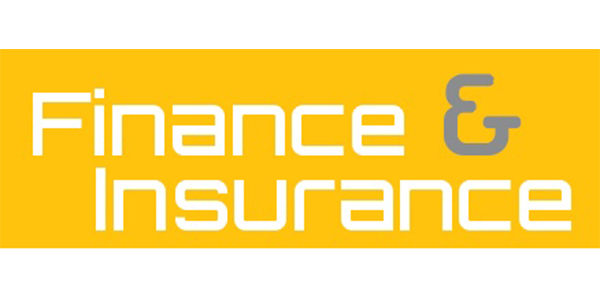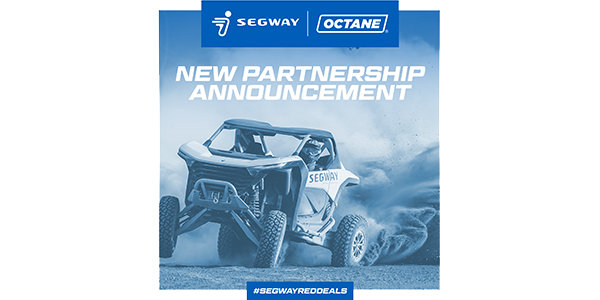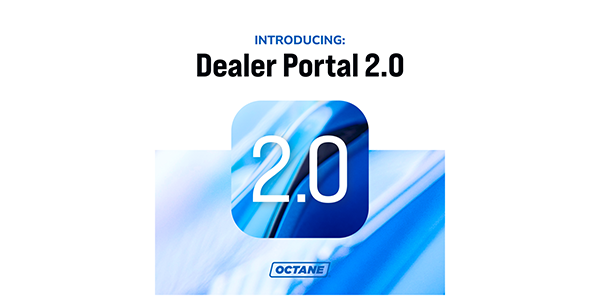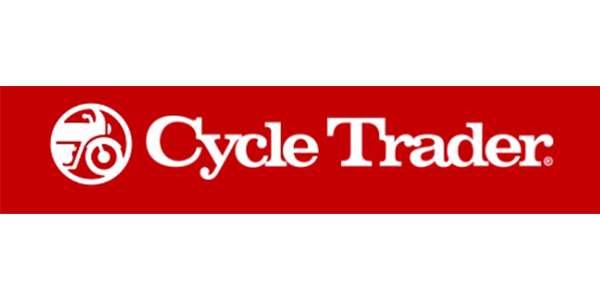The concept of leasing is fairly simple, yet many consumers don’t completely understand. A lot of people see it as being similar to a “rent-to-own” scenario, but for some reason, on a much more sinister level.
While leasing certainly does have similarities to renting and rent-to-own plans, it’s far from being the same thing. In fact, leasing is a well-respected and common financial concept that has been used in the commercial world for decades as a method of financing buildings, equipment and vehicles — although it is still relatively new to most powersports consumers.
Common Misconceptions
Leasing is a method of financing, similar to a loan. It would be a mistake to think that consumer vehicle leasing is like apartment leasing, apartment renting or car renting. The differences are so significant that any attempt to try to understand one by drawing on your knowledge of the other will only result in a serious misunderstanding.
For many people, leasing a new vehicle every two or three years would be more expensive than buying one and keeping it after the final payment. Then again, a lot of people are happy to lease a vehicle they could never afford to buy, even if it doesn’t necessarily save money — hence why so many luxury vehicles are leased.
New vehicle leasing has two principal benefits:
1. Customer can enjoy a newer vehicle that is always under warranty and seldom needs more than routine maintenance.
2. Customer can often get a better-equipped, more expensive vehicle.
Used vehicle leasing has three principal benefits:
1. Customer may be eligible for a lease even when they had credit challenges in the past.
2. Customer with limited income may qualify for a lower monthly payment that is possible with a lease.
3. Customer can enjoy a used vehicle by adding more miles to it and turn it in before maintenance becomes a concern.
Dealerships like leasing because the customer-loyalty rate is three times as strong as it is with buyers.
After the customer has agreed on a price with the dealer and signed the lease contract, the dealer actually sells the vehicle to the company that’s leasing it at that price. The leasing company then leases the vehicle to the customer, based on that price. For this reason, price becomes the most important factor in what the customer will pay in monthly increments.
The Dealer’s Role
The dealer is not the leasing company; they simply act as an agent for the leasing company so that the customer doesn’t deal directly with the leasing company until they start to make monthly payments. The dealer works out the terms of the leasing agreement with the customer on behalf of the leasing company. Once the contract is signed, the customer relationship is with the leasing company, not the dealer, unless it’s an issue with the vehicle itself.
Leasing companies used by dealers are sometimes subsidiaries of the OEM (called “captive” leasing companies) and other times, dealers can also offer leases from banks and other lending institutions with whom they’ve worked out mutually beneficial business terms.
What It Means to Lease
When the customer signs a leasing contract, they’re agreeing to make regular monthly payments, keep appropriate insurance, pay vehicle taxes, pay licensing fees and take good care of the vehicle. They’re also agreeing to keep the vehicle for a specified number of months and they’re expected not to try and end that agreement prematurely, which may be costly.
Lease Advantages
• Typically lower monthly payments. Customer only pays for depreciation during the term.
• Easy software tools help lease smarter.
• Great way to establish credit.
• More vehicles, more often. With lower payments, vehicle leases allow the customer to get more vehicle for their money and enjoy a new vehicle every few years.
• Fewer maintenance headaches. If the lease term of a new vehicle coincides with the manufacturer’s warranty, major repairs are covered by the warranty.
• Lower up-front cash outlay. Vehicle leases may require little or no down payment, but credit-challenged customers may need more to put down.
• Closed end leases have no hassle at the end. The customer turns in the vehicle, pays an end-of-lease disposition fee and walks away.
Emre Ucer is the managing partner of MotoLease LLC. He oversees the development of solutions for the motorcycle and powersports industry to fit even the most credit-challenged riders.














